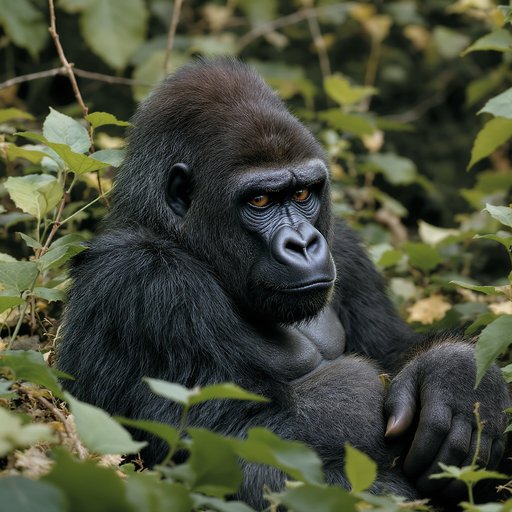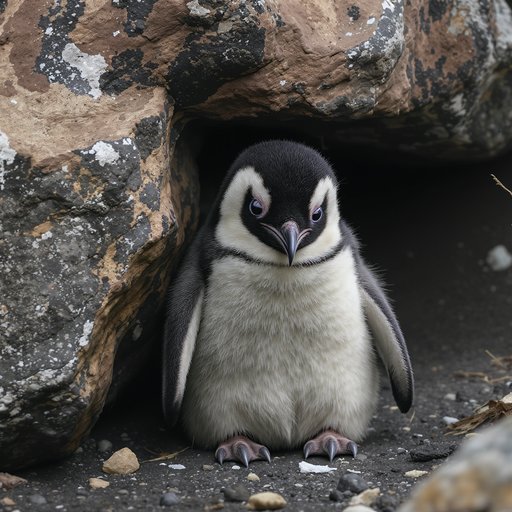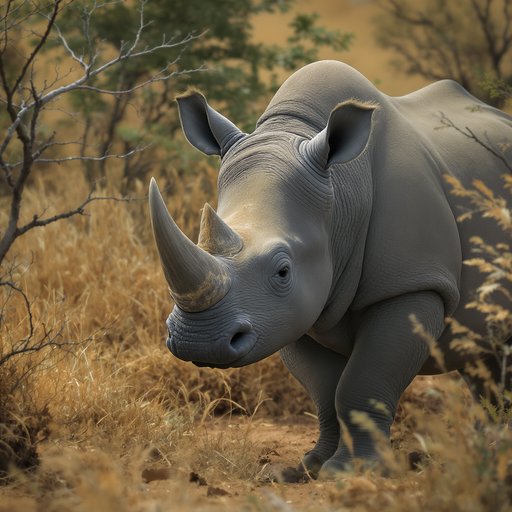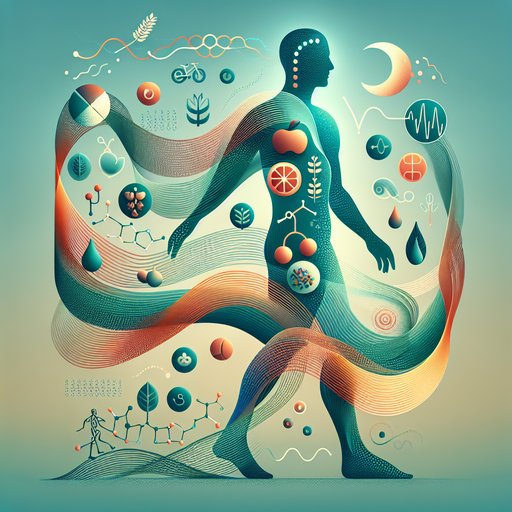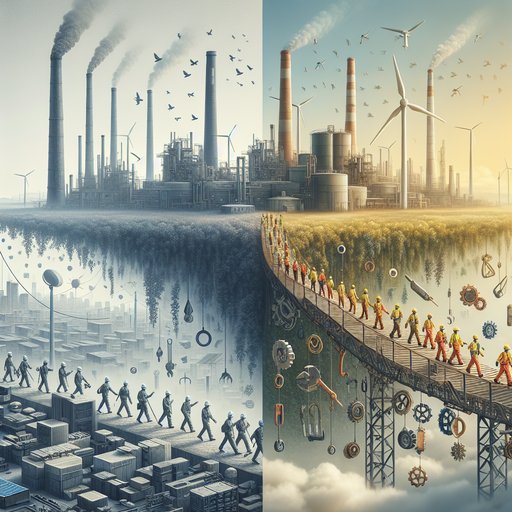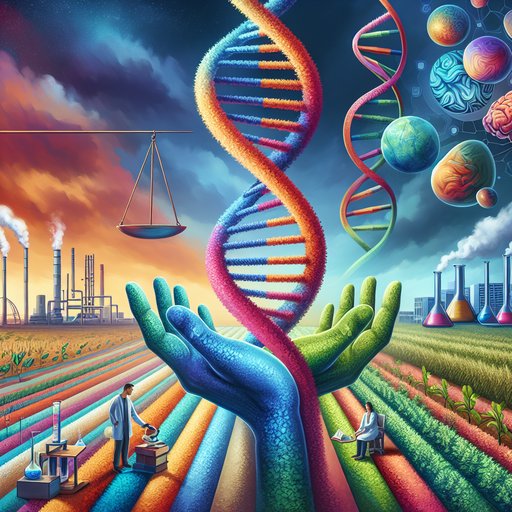 Scientists all over the world are making strides in the innovative yet controversial world of genetic engineering, altering the very fabric of life. In the last few years, DNA editing technologies like CRISPR have revolutionized the field, promising potential solutions to complex diseases, the food crisis, and environmental conservation. But these advancements also bring ethical and societal considerations into sharp focus.
Scientists all over the world are making strides in the innovative yet controversial world of genetic engineering, altering the very fabric of life. In the last few years, DNA editing technologies like CRISPR have revolutionized the field, promising potential solutions to complex diseases, the food crisis, and environmental conservation. But these advancements also bring ethical and societal considerations into sharp focus.
The power to edit genes was once the stuff of science fiction. Today, it's a reality, ushered in by techniques like CRISPR-Cas9, a method that allows for precise, targeted changes to the DNA in cells. Scientists believe that this technology could be our best shot at defeating genetic diseases, producing high-yield crops, or resurrecting extinct species. But the science is moving at breakneck speed, and society is scrambling to keep pace.
The ability to manipulate genes raises thorny ethical questions around designer babies, the sanctity of life, and the potential for unforeseen consequences. Standards for bioethical considerations vary widely across the globe, leaving room for potential misuse in the clinical context. Public opinion is divided as well, adding to the complexity of the situation. Some are captivated by the potential benefits, while others are wary of a world where genes can be edited at will.
The medical implications are considerable. Gene editing could provide cures for genetic diseases like cystic fibrosis or Huntington's disease. Relatively simple tweaks could eradicate these conditions from a person's genetic line, providing hope for millions of affected individuals. Meanwhile, in agriculture, gene editing could alleviate food security concerns by developing disease-resistant crops, or by increasing the nutritional value of staple foods.
These advances might sound far-fetched, but trials have already shown exciting results. Such powerful technology also comes with risks. While the effects of gene editing within a single organism can theoretically be predicted, the implications for ecosystems are less clear. Modifying a creature and then releasing it into the wild may lead to unexpected and devastating consequences.
Furthermore, the advent of so-called 'gene drives' - self-replicating genetic changes - has given scientists the power to alter entire species. This significant leap in genetic engineering brings with it an exponentially higher risk of unforeseen changes and uncontrollable proliferation. Ultimately, the future of genetic engineering is poised delicately between unbounded potential and the risk of unintended consequences. As we learn to master this powerful tool, it is vital to establish robust ethical guidelines and a transparent, inclusive conversation about its usage.
One thing is clear: the genetic revolution has arrived, and we better be ready.









